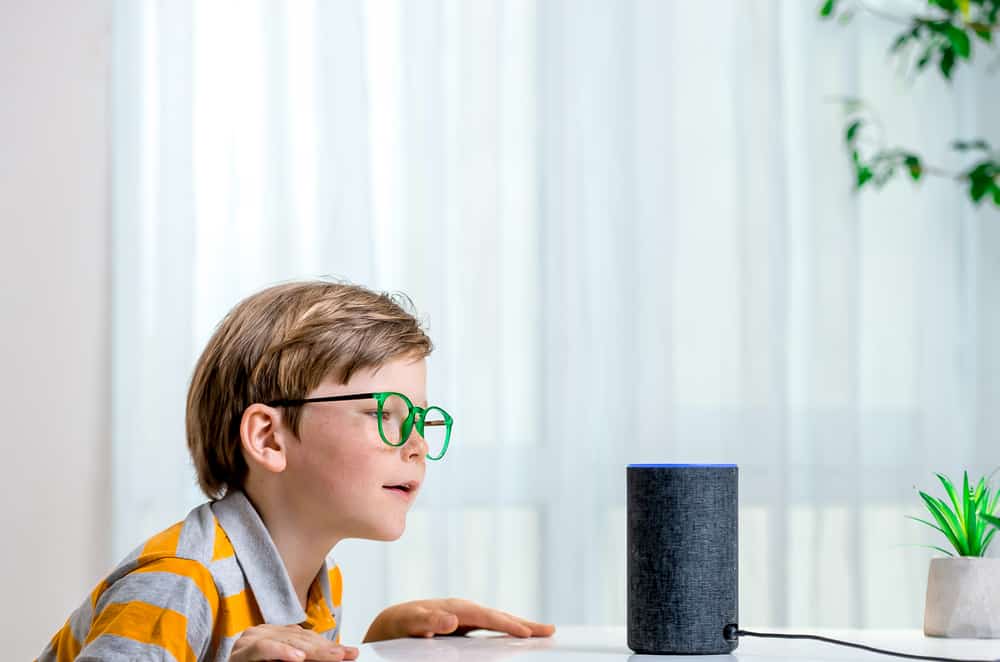
When you look at the automation market, Alexa will be the top choice for the majority of homeowners because of the better integrations. It is effortless for new users to set up skills and other utility features with the Alexa device. There are no extensive parking procedures while using this smart assistant, and the integration is as simple as downloading a skill on the app and then connecting it with the smart device.
However, one issue that has caused some complications for users is that Alexa Doesn’t Understand Kid. If you’re dealing with similar complications and the Alexa smart assistant is not understanding kids, then here are some solutions.
Fixing Alexa Doesn’t Understand Kid
- Create New Profile
Creating a new voice profile is one of the first things you should do if Alexa doesn’t understand your kid. Going over a few phrases in the new profile will make it easier for the machine to recognize the voice, and your kid will have a better chance of accessing different commands. So, instead of using a general voice profile for everyone, you can add an additional profile just for your kid.
You can either use the smart application or head over to the browse page to access the device settings. From there, you just have to scroll down to access the household profiles. Now, you can add a new profile for your kid.
- Focus On Enunciation
While the majority of users believe that there is an issue with the volume of the sound, you should focus on the enunciation of the voice command. It is pretty common for kids to run into enunciation issues, and the only way to fix this problem is through practice.
So, you can try to teach your kid to enunciate the words properly and wait a few moments after saying, Alexa. This will have a substantial impact on the performance of your smart assistant, and the number of times Alexa ignores your kid will reduce by a large margin.
- Check Voice Logs
Another way to narrow down on the main issue is by checking the voice logs. That way, you can hear what the voice assistant head and can work on the missed sections. So, either go through the app to check the voice logs or ask Alexa to repeat what it just heard.
Through both of these methods, you will find out the command that was registered by Alexa, and then you can work around the issue accordingly with your kid to avoid the same outcome in the future.
- Remove Restriction Skills
There are a few skills on the app that can restrict input from children even if they are not making any enunciation mistakes. For this reason, you should go over the current configurations as well as all the activated skills. This will help you narrow down the problem if you’re sure that your kid is not making any mistakes.
Ideally, you should be able to get through this problem by disabling these restrictive skills. So, turn off the extra skills from the Amazon Alexa application and then have your kid use the smart assistant again.
- Minimize Background Noise
The background noise and interference also have a huge role in determining the responsiveness of the smart assistant. So, if you’re running into these issues with Alexa only a few times a day, then there is a good chance that this issue is related to excessive background noise.
The best thing you can do here is to relocate the smart speaker or minimize the background noise. That should improve the response consistency of your unit, and it will start working perfectly with your unit.
- Use Different Phrases
The last thing you can do about fixing Alexa not responding to your kid is to change the activation phrases for the smart assistant. It will take some time to configure the new phrases in the app, but if you go with the commands that are easier to enunciate, Alexa won’t have any trouble understanding your kid.
So, open up the smart app and access the voice command configurations to add in new phrases. Hopefully, the issue will be fixed at this point, and you won’t have to bother with more troubleshooting steps.